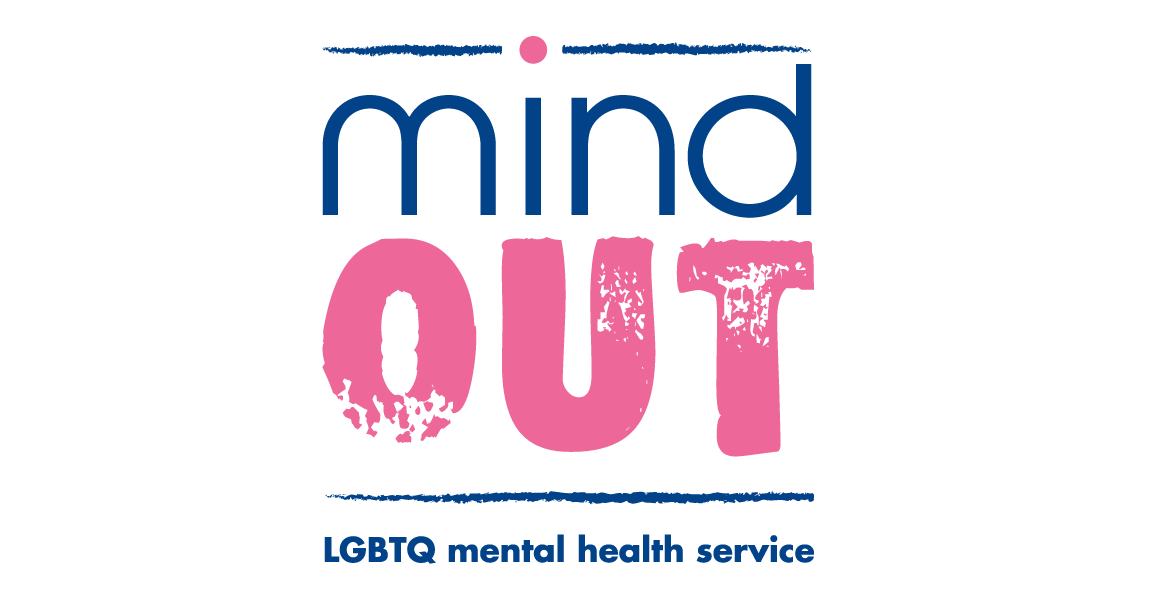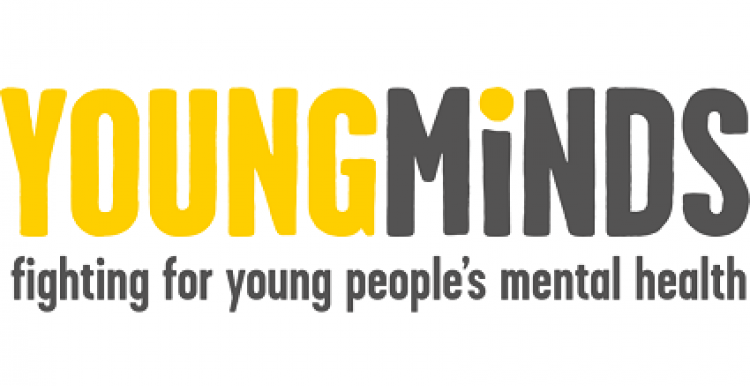Plantar Fasciitis
What you should know
Plantar fasciitis is the most common cause of heel pain. The plantar fascia is the main support of the arch of the foot.
Who gets Planter Fasciitis?
- It is rarely seen in people less than 20 years of age, and happens most commonly between 40-60 years old
- It is more common in people who are obese
- People who stand for long periods
- People who wear unsupportive footwear
- People who have changed their activity levels or who walk/run on hard surfaces
- Those who are obese will be more severely affected
- Some people have speculated that having flat feet can make you more likely to get plantar fasciitis but research has not found this link
What to do
Do not be fearful of your pain, it doesn’t mean it is causing harm. Although pain isn’t causing harm, it may weaken your muscles over time. Therefore accept some discomfort, for example, an increase in your baseline pain to 2-3/10 that settles quickly (0=your baseline/no pain, 10=severe pain).
However, adapt, or limit the activity or exercise if it is making your baseline symptoms worse than 4/10, or if the symptoms last for a long time after you stop the activity or exercise. Initially it may be necessary to rest from aggravating activities, but not to stop all activities.
A gentle and gradual return is best where you build up slowly over time.
Pain medication
It may surprise you, but simple over the counter painkillers such as paracetamol and ibuprofen are the most effective pain medication. If you feel you need them – use them, following advice of a pharmacist. You should only take the recommended daily dose but do not wait until your pain is out of control to take them.
Consult with your GP or Pharmacist if you have any concerns and do not take ibuprofen or aspirin if you are pregnant or have asthma, an ulcer or indigestion.
Cold
Cold can be used to help reduce plantar fasciitis pain. Freeze a bottle of water and put the frozen bottle of water under the sole of your foot and roll it forwards and backwards.
You can do this for up to 15 mins every 2 hours.
Sleep
Sleep is really important when it comes to managing pain. Studies suggest that getting a good night’s sleep can reduce pain levels by as much as 25%.
Tips to improve your sleep include;
- Sleep in a dark, quiet and cool room
- Try taking your pain relief an hour before you go to bed
- Do not consume caffeine within 6 hours of sleeping
- Try to avoid eating within 2 hours of sleeping
- Try to not be in front of bright screens such as TVs, laptops and phones for 1 hour before bed
- Keep your bedroom as a place to sleep do not use it for work or as an office
- If you do wake in the night and cannot get back to sleep, get up, go to another room and do something until you are tired before going back to sleep
Diet and nutrition
There are no special diets that have been shown to either help or prevent Plantar Fasciitis. However, if you’re overweight you should consider changing your diet and doing some regular exercise to help you lose weight, as this is very likely to decrease your pain.
What’s recommend for us all is a well-balanced and healthy diet, which is low in saturated fats, sugar and salt. It’s also a very good idea to eat plenty of fresh fruit and vegetables, and to drink plenty of water.
If you need to lose weight, the key is to regularly burn off more energy than you consume on a daily basis.
Relaxation
Stress can make pain worse. One way of reducing the effects of stress is to learn how to relax.
There are many relaxation, meditation or mindfulness tapes, CDs and MP3 downloads available – your doctor or physiotherapist may be able to offer you some, or they’re available online or from high-street shops. A good example is Headspace which is available online or as an application for your smart phone or tablet.
Exercises
If an exercise is painful to undertake or causes a moderate to high level of pain during or afterwards then reduce the difficulty level or stop that exercise.
- Heel raise – stand, push up on your toes and slowly lower. Repeat 10-30 times twice daily.
- Calf stretch – stand in a walking position with the leg to be stretched straight behind you and the other leg bent in front of you. Take support from a wall or chair and lean your body forwards and down until you feel the stretching in the calf of the straight leg. Hold for approx. 30 seconds and relax. Stretch the other leg and repeat 3 times twice daily.
- Plantar fascia stretch – use firm pressure with thumb to massage plantar fascia for 2-3 minutes.
.aspx?width=200&height=190) When to see your GP/Physiotherapist
When to see your GP/Physiotherapist
- If your pain is no better after at least a month or you develop other symptoms
- If the foot is hot, red and swollen
- If you are being feverish and short of breath or if you have had a sudden unexplained loss of weight
Further resources
I am in Crisis
If you feel you need immediate help, contact one of the below charities.
Recommended Apps
Below are a selection of the apps we recommend





